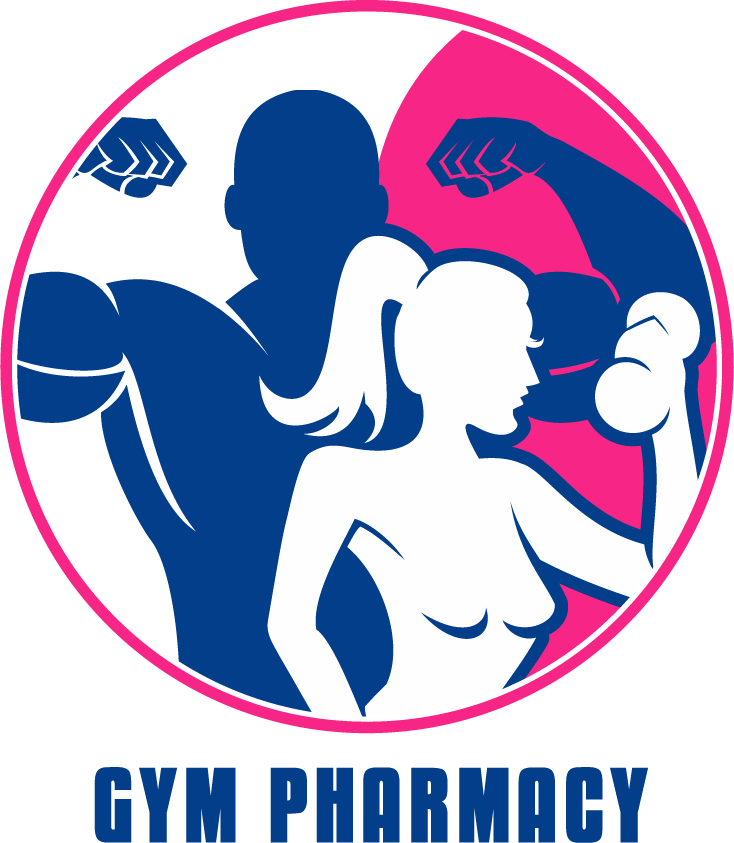Dynamic stretching has gained popularity as a valuable warm-up technique that goes beyond traditional static stretching.
Unlike static stretches where you hold a position, dynamic stretches involve controlled movements that actively engage the muscles.
This type of stretching prepares your body for physical activity, enhances flexibility, and optimizes athletic performance.
We will explore the benefits of dynamic stretching, and how it differs from static stretching, and provide a collection of dynamic stretches to help you improve flexibility and take your athletic performance to new heights.
What is Dynamic Stretching
Dynamic stretching involves moving your muscles and joints through their full range of motion in a controlled manner. This preps the muscles for the activity ahead and increases blood flow, heart rate, and body temperature.
What are the Benefits of Dynamic Stretching:
- Improved Flexibility: Dynamic stretching enhances muscle elasticity and joint mobility, resulting in better overall flexibility.
- Enhanced Athletic Performance: By priming your muscles and central nervous system, dynamic stretching can lead to improved athletic performance and reduced risk of injuries.
- Injury Prevention: Dynamic stretching prepares your muscles for the demands of exercise, reducing the likelihood of strains or tears.
Dynamic vs. Static Stretching:
- Dynamic Stretching: Active, controlled movements that engage multiple muscle groups, preparing the body for movement and increasing the range of motion.
- Static Stretching: Holding a stretch for an extended period, which may temporarily reduce muscle power and performance if done before a workout.
Effective Dynamic Stretches:
- Leg Swings: Stand next to a wall or support and swing one leg forward and backward, then side to side, engaging the hip and leg muscles.
- Arm Circles: Stand tall and make small circles with your arms, gradually increasing the size to engage shoulder and arm muscles.
- High Knees: Walk or jog in place, lifting your knees as high as possible, engaging the hip flexors and quadriceps.
- Butt Kicks: Walk or jog in place, kicking your heels towards your glutes to engage the hamstrings.
- Walking Lunges: Take a step forward and lower your body into a lunge, alternating legs to stretch the hip flexors and quadriceps.
- Hip Circles: Stand with your feet shoulder-width apart and make circles with your hips, promoting mobility in the hip joints.
Incorporating Dynamic Stretching into Your Routine:
- Warm-Up: Perform dynamic stretching as part of your warm-up routine before engaging in more intense exercise or sports activities.
- Sport-Specific: Choose dynamic stretches that mimic the movements of your chosen sport or activity to enhance performance.
Safety Considerations:
- Gradual Progression: Start with controlled, gentle movements and gradually increase the intensity and range of motion as your muscles warm up.
- Listen to Your Body: Pay attention to any discomfort or pain during dynamic stretching and modify movements if needed.
Conclusion:
Dynamic stretching is a powerful tool to improve flexibility, boost athletic performance, and reduce the risk of injuries. By incorporating dynamic stretches into your warm-up routine, you can effectively prepare your muscles and joints for physical activity, enhancing your overall fitness journey.
Remember, dynamic stretching engages your muscles actively, making it a valuable addition to any exercise or sports routine. Embrace the benefits of dynamic stretching, and unlock your body’s full potential for flexibility and athletic success.

